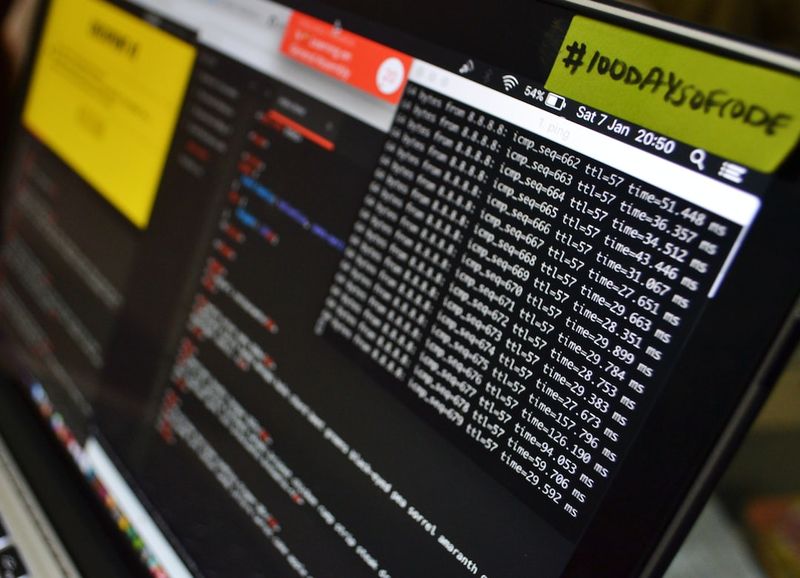<div><h2>The Frequency and Impact of Data Breaches: A Shift in Public Attention and the Role of NIST</h2>
<h3>The Erosion of Public Attention on Data Breaches</h3>
In recent years, data breaches similar in scope and size to those that once dominated public attention have seemingly lost their impact. Unlike in the past, when breaches like Snowden‘s leak from the National Security Administration (NSA) or the cyber attacks on Sony, eBay, and the Internal Revenue Service would captivate the collective focus for an extended period, today‘s breaches often make headlines for just a day or two before fading away.
Some may attribute this shift to the ever–increasing stimulation and lower attention spans of the general public. However, I argue that the main reason breaches no longer dominate public discourse is that they have become the “cost of doing business“ in the digital age. The frequency of breaches has eroded their novelty and shock value, leading to a desensitization among the public.
<h3>The Importance of Action: Prevention and Resolution</h3>
Despite the waning public attention, it is crucial for enterprises to continue taking action to prevent and resolve data breaches. The consequences of a breach can still be severe, leading to financial losses, reputational damage, and legal liabilities. To address these threats, organizations must adopt comprehensive cybersecurity measures.
<h3>The Role of NIST Cybersecurity Framework</h3>
Enterprises seeking guidance on implementing effective cybersecurity practices are increasingly turning to the National Institute of Standards and Technology (NIST) Cybersecurity Framework. NIST has been at the forefront of cybersecurity for many years, and its framework provides a set of best practices and standards that organizations can follow to enhance their security posture.
<h4>The Power of NIST as a Nonregulatory Agency</h4>
One aspect that sets NIST apart is its position as a nonregulatory agency within the US government. While this means that NIST lacks the authority to mandate compliance with its framework, it also enables the agency to approach cybersecurity from a research and knowledge perspective, free from regulatory biases.
This fluid landscape allows NIST to continually update its framework to encompass advancements, complexities, and changes in the threat landscape. By adopting the NIST Framework, enterprises can better protect their overall environment and be proactive in mitigating cybersecurity risks.
<h4>The Need for Greater Private Sector Adoption</h4>
While federal agencies can face penalties for noncompliance with the NIST Framework, the private sector has yet to overwhelmingly adhere to its guidelines. This is partly due to the absence of direct punishment for noncompliance and the lack of relevant certifications.
To encourage more widespread adoption within the private sector, I propose the introduction of a NIST certification based on how well organizations integrate the framework‘s guidance. Similar to the International Organization for Standardization (ISO) certifications, this NIST certification would demonstrate an organization‘s commitment to safe, accountable, and reliable cybersecurity practices.
However, implementing such a certification system would require significant resources and external audits. NIST may not have the capacity to take on such an endeavor. Nevertheless, I firmly believe that leveraging a third–party rating system based on NIST‘s framework would greatly improve the cybersecurity landscape as a whole.
<h3>NIST Framework as a Collaborative Approach</h3>
While NIST does not possess a magical solution to uncover hidden vulnerabilities, its framework aligns with the tech industry‘s emphasis on collaboration and open–source practices. By treating the NIST Framework as a requirement and viewing its stamp of approval as a highly respected certification, the security sector can collectively move forward.
Companies can rely on NIST‘s ongoing research and unbiased monitoring to identify necessary improvements in cybersecurity practices. By actively integrating NIST‘s guidance into their systems, businesses can bolster their security posture and contribute to a more secure digital ecosystem.
In conclusion, while the attention span of the general public may have shifted away from data breaches, the frequency and significance of these incidents have remained constant. It is crucial for enterprises to take proactive steps to prevent and address breaches. The NIST Cybersecurity Framework provides a valuable resource for organizations seeking to enhance their security practices. Encouraging greater private sector adoption and considering the possibility of a NIST certification would further incentivize organizations to prioritize cybersecurity. By leveraging NIST‘s expertise and adopting the framework‘s guidance, businesses can play an active role in strengthening overall cybersecurity.</div><div>NIST(NationalInstituteofStandardsandTechnology)–wordpress,NIST,breaches,cybersecurity,databreaches,networksecurity,incidentresponse,breachprevention,breachdetection,breachmanagement,NISTguidelines,NISTstandards,breachmitigation,breachrecovery,breachinvestigation,breachreporting,breachnotification,</div> 
<< photo by Anete Lusina >>
The image is for illustrative purposes only and does not depict the actual situation.
You might want to read !
- The Expanding Reach of Mobile Surveillance: DragonEgg Android Spyware Connected to iOS Surveillanceware LightSpy
- How Can a Turnkey Rootkit Empower Amateur Hackers to Execute Supply Chain Attacks?
- Exploring the Exploitable Flaws in Supermicro BMCs: A Threat to Server Security
- Rampant Risks: Analyzing a Recent Supply Chain Attack Unleashed by a Rogue npm Package
- The Vulnerability of Mobile Networks: Analyzing the Impact and Aftermath of the Lyca Mobile Cyberattack
- The Hidden Dangers of APIs: Unveiling the Unknown Risks of Data Sharing
- The Hidden Vulnerabilities of Data Protection: MOVEit Flaw Sparks Massive University Data Breaches
- The Rising Threat: How Spyware Is Exploiting Online Ads
- The Future of Networking in the Cloud Era
- Elevating Cybersecurity Measures: Companies Tackle the Exploited Libwebp Vulnerability
- The Growing Threat: Unveiling a New Cisco IOS Zero-Day Attack
- Exploring the Digital Forensics and Incident Response Challenges in the Middle East
- OT Security Reinvented: The Ultimate Guide to Safeguarding Operational Technology
- MGM Bounces Back: Restoring Casino Operations After Cyberattack
- The Critical Gap in Your Breach Response Plan: What You Need to Know
- Detecting and Mitigating Insider Threats: Strengthening SaaS Security for Effective Risk Management
- Unveiling Hidden Vulnerabilities: Key Findings from BreachLock Intelligence Report
- Discord.io Breach Investigation Forces Temporary Shutdown: Unveiling the Security Challenges




